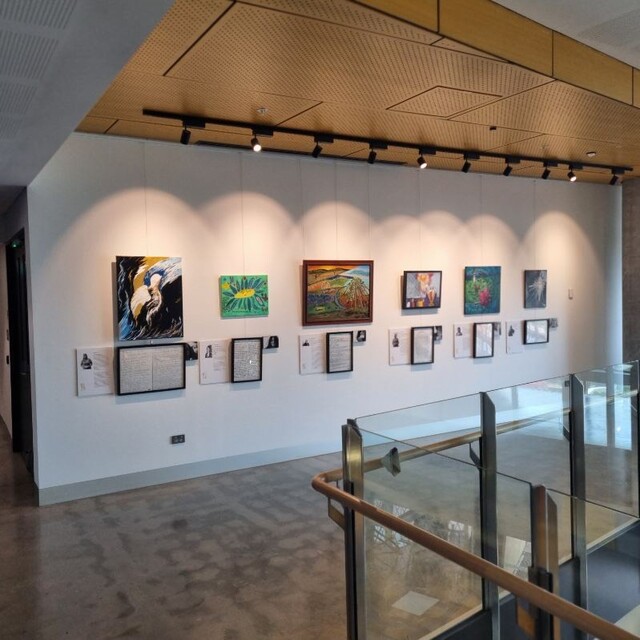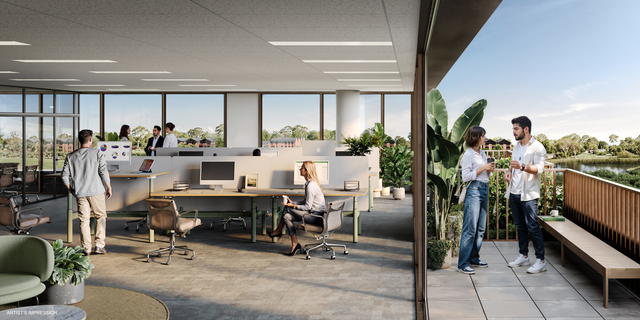Whittlesea and Hume teenagers are over-represented at children’s courts, a new report by research unit The Victoria Institute claims.
The report evaluates a new education initiative that addresses disadvantage among young people appearing in the Melbourne Children’s Court between September 2014 and June last year.
The state government-funded initiative aims to get children who become disengaged with school back into the classroom.
Almost 700 young people had matters listed before the Children’s Court in that nine-month period. Education Justice Initiative (EJI) staff had contact with almost half of them and worked directly with 103 of the children.
In her final report, Education at the Heart of the Children’s Court, Associate Professor Kitty te Riele said that of all EJI clients, young people from Melbourne’s north and west were “strongly represented”.
“There’s an assumption that young people from low socio-economic areas are more likely to be engaged with crime and come into contact with the justice system,” Associate Professor te Riele said.
“The findings seem to bear out that those local government areas, such as Whittlesea and Hume, have more young people who need the support of the EJI.”
She said her findings mirrored some of those published last year by Jesuit Social Services researchers in a report called
Dropping Off The Edge 2015, which identified pockets of disadvantage and the unique challenges residents in these areas faced.
It found Broadmeadows, Campbellfield, Coolaroo, Lalor and Thomastown were among the most disadvantages suburbs in Victoria as demonstrated by high rates of criminal convictions and unemployment, and poor education.






